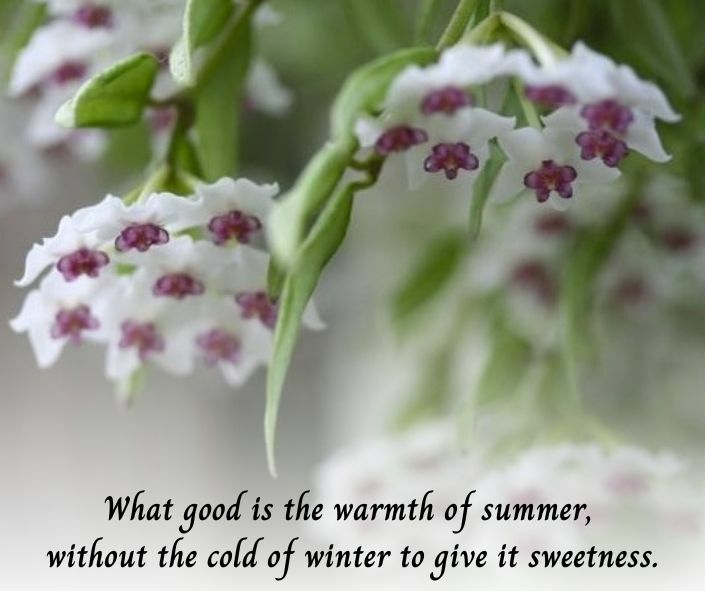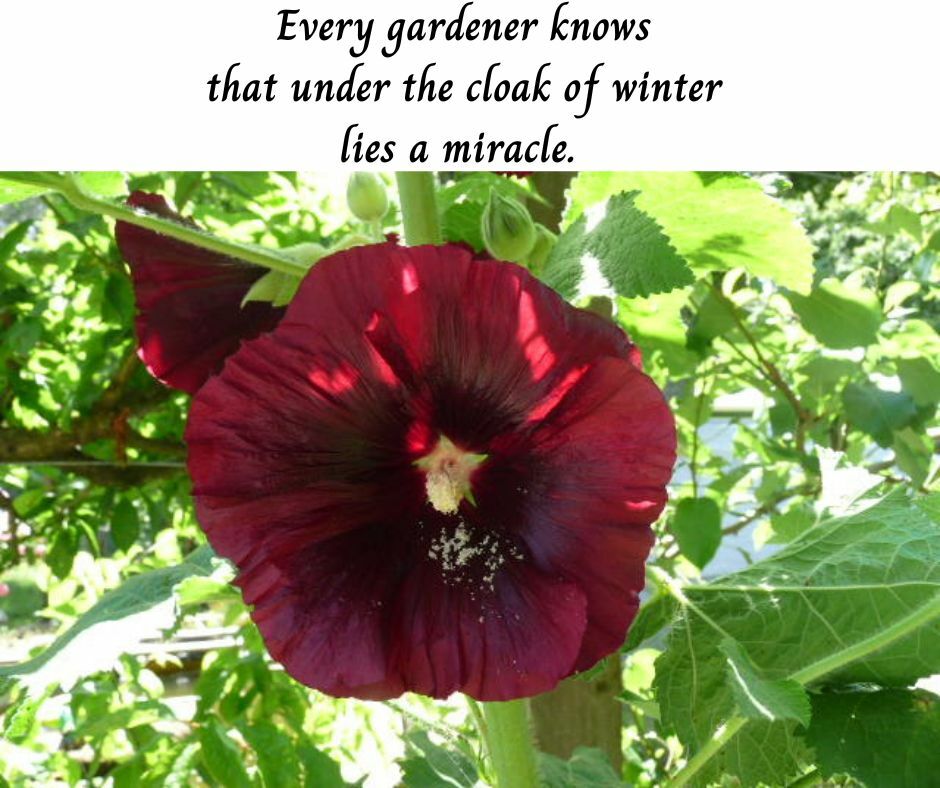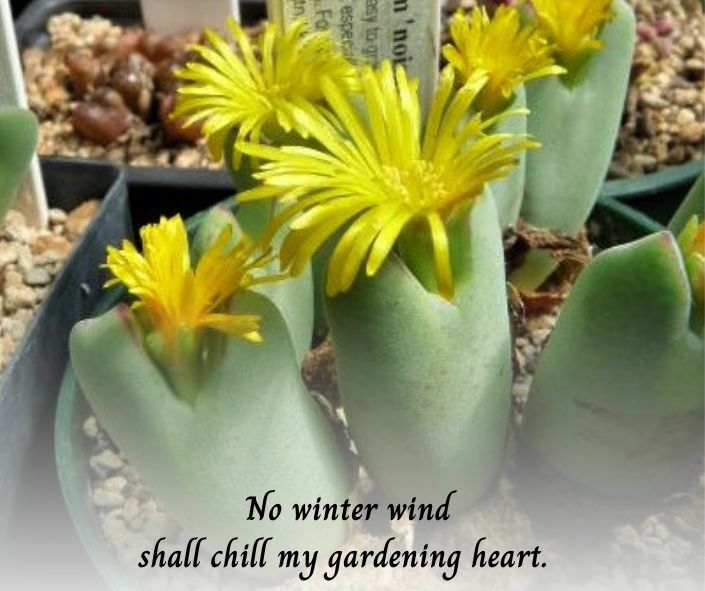Plant Care over Winter
.
Plant Care over Winter
Planning
When it gets too cold or wet for gardening, a warm cuppa and some gardening inspiration or future planning are good gardening alternatives.
Think about what you can do differently next year, and what areas would be better for certain plants.
If I have several of the same plants, I like to put them in different positions to see where they are happiest. I use trial and error frequently, to test things for myself. It’s all very well getting told to put a plant in indirect light, for example, but even a position that has indirect light might still have other variables that make that position a perfect or unsuitable choice.
For your garden
- Add mulch, which protects and feeds your plants.
- Prune roses and fruit trees. I often prune the watershoots on my fruit trees in late summer. Watershoots are those long, unusual branches that tend to go straight up to the sky. My fruit trees are espaliered, so these branches get removed or reduced.
My goats appreciate the pruned branches to munch on. I find pruning the watershoots while young, before they get too woody and hard to cut suits my wrists better. Winter is the preferred time to prune fruit trees because the sap is not moving.
- Lift dahlias. I do not do this very often, but I have dug them up this year. I will be selling some of these later.
- Sow hardy annuals.
- Plant bare-rooted roses and fruit trees.
If there is a Tree Crop Sale in your area, I suggest you try to attend. I have discovered so many interesting plants at our Hamilton Tree Crops Sale Day over the years. Great opportunity to get fruit trees at a very reasonable price, plus from a local grower, so they will be conditioned to your area.
I often have a stall, and if the heavens are in my favour, I will again this year.
.

.
Brr, it's cold outside.
We, humans, do not always appreciate the coldness of winter. But ....
- Some plants benefit from a crisp chill to get them to perform their best. Tulips, peonies, and grapes.
Even the Zygocactus (Christmas, Easter & Thanksgiving cacti) flower better if given a true winter. A cold snap and reduced daylight hours, just like nature provides.
- Bug killing. Harsh, frosty days can benefit your garden by killing pests and diseases in the soil. Resulting in the breakdown of the life cycle of some pests.
- If your plants have been attacked my powdery mildew over summer, caused by humiditity, then winter will give your plants some relief.
.
How to prepare your plants for Winter.
Whether your plants are out in the garden or potted up, you still need to consider the seasons and how they will be affected by winter weather.
Cacti and Succulents
There are lots of succulents that are fine to be left outside over winter. Often it is the wet, waterlogged soil that causes more winter issues than the actual cold weather. Do some research into your plant to see what it requires over winter.
Over winter generally they can be grouped into:
- No protection - Some protection - Keep dry
- Keep warm and dry - Give some water.
Grouping your potted plants accordingly is a good way to organise them. Some are winter growers, but that does not necessarly mean they need watering.
My own Cacti
My cacti are housed in an old tunnel which is well-ventilated. I do not water them at all during winter. There are various methods that Cacti growers use when putting their cacti to rest over winter.
Some of the Euphorbia I might water occasionally on a nice warm day, but only a small amount, very seldom.
It is wise to underwater things, especially over winter. But sometimes they do need a bit, or else the roots may shivel and die off. Pour a small amount down one side of the container. Next time chose a different side to pour a bit down.
Frost. Or to prevent it from harming your plants.
- If your plants do get frosted, do not panic.
- Move them if you can.
- Cover them with frost cloth on frosty nights.
- You can also use a frost protection spray, but I never have bothered.
- Leave any damaged growth until the frosts have finished.
Indoor plants
- Maybe your indoor plants can be moved, so they receive more light over the winter period.
- Or at least moved somewhere where they get more warmth.
I do not do either. My plants get put somewhere and generally, they stay in that position, only getting moved when I reorganise them.
Depending on how you heat your home, your indoor plants may also struggle with less humidity over winter, if using heating that is drying.
- Check that your plant is not sitting directly below air conditioning or near heating.
Some people will suggest you need to invest in heating for your plants or extra lighting, you don’t need this for most of your indoor plants.
Our house only has a fire for heating, so only gets warmth in the evenings, as during the day we do not light the fire. But most of my plants live out in my tunnelhouse, where the extremes are between 0° and 50°C
- I do not fertiise my plants at every watering, but I do continue to fertilise over winter.
- If you use cover pots or drip trays, please check that the plants are not sitting in water. Even more important during winter when the evaporation is slower than in summer.
.

.
A cold, frosty day can turn into a great, beneficial day spent working on your plants.
Washing your pots, deheading, pruning, checking for bugs and diseases, weeding and topping up the soil levels are all chores you can do on a nice winters day.
When it starts to warm up again, you can begin to repot any plants that need it.
.
If you haven't already, please read my other blogs.
I do try to write regular Newsletters and appreciate any people who decide to subscribe.
Posted: Saturday 10 June 2023
Recent Posts
Archive
Tags
| Top |

